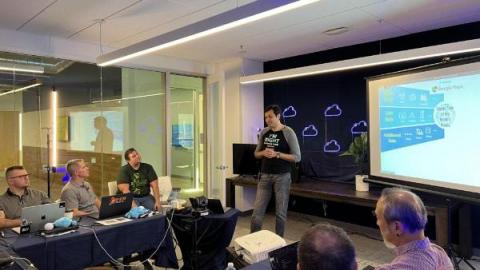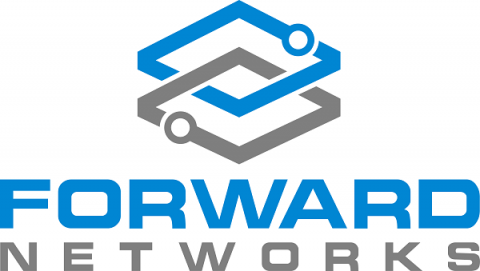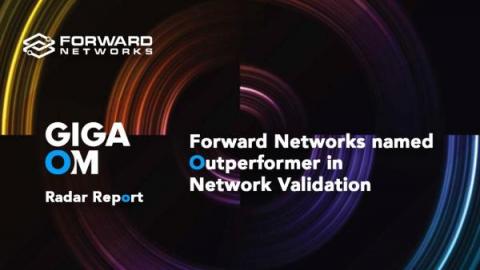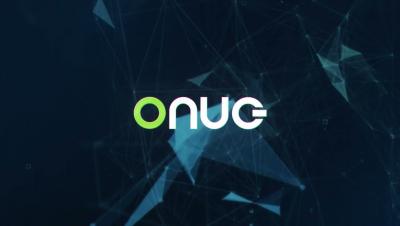Making Operations More Agile and Efficient with a Digital Twin
On January 25, Forward Networks was honored to host Cloud Field Day 16. We especially enjoy working with the delegates because of their industry experience and objective viewpoints; in fact, we launched our product at a Networking Field Day in 2017. This blog is the first in a series covering our Cloud Field Day 16 presentations.










